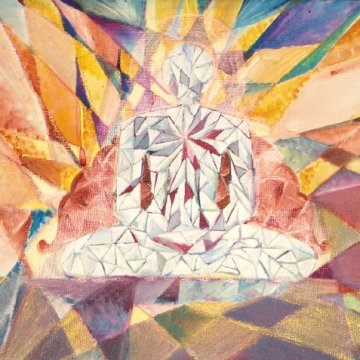Jain Mantras
Jain Mantras
Course 2003
This course looks at how Jains, over a period of about 2,000 years, have developed their own mantras in conversation with both Hindus and Buddhists. We will examine the different versions and meanings of the most important Jain mantra, the pañcanamaskāra, and look at how mantras like OṂ HRĪṂ and ARHUṂ have been related to the soul, karmic destruction, and the path to liberation.
Learning Objectives
• Understand the histories of some important Jain mantras, especially the pañcanamaskāra/ṇamokār/navkār mantra
• See how Jain mantras have been related to karma theory and the path to liberation
• Compare Buddhist, Jain and Hindu interpretations of the mantras OṂ, HRĪṂ, and ARHAṂ/AHAṂ
• Examine some ways in which mantras have been used in Jain rituals and material culture
Course Details
• 20-hour self-study course.• Additional readings offered as support material.
• Professor available by appointment.
Learning Area
 Jain Philosophy, History & Anthropology
Jain Philosophy, History & Anthropology Instructor
 Ellen Gough, PhD
Ellen Gough, PhD Most of her research takes an ethno-historical approach that combines the study of Gujarati, Hindi, Sanskrit, and Prakrit texts, the study of material culture, and fieldwork. Her book, Making a Mantra: Tantric Ritual and Renunciation on the Jain Path to Liberation (University of Chicago Press, 2021), examines the life of a single Jain mantra, from its origin at the outset of the first millennium, to its use in medieval mendicant initiations and meditative exercises, to its use in healing rites today. She is now working on projects related to Digambara festivals and Jain astrology.
Enrollment Options
14-DAY FREE TRIAL
- Free, unlimited access to our self-paced courses for 14-days.
- Already used your free trial? Enroll in our Monthly or Annual Membership options at anytime and continue learning immediately!
MONTHLY MEMBERSHIP
- $45 USD / Month
- Immediate access to course #### | Name.
- Unlimited access to our live and self-paced courses for one month, with month-to-month auto rollover.
- Excludes graduate seminars and language courses.

